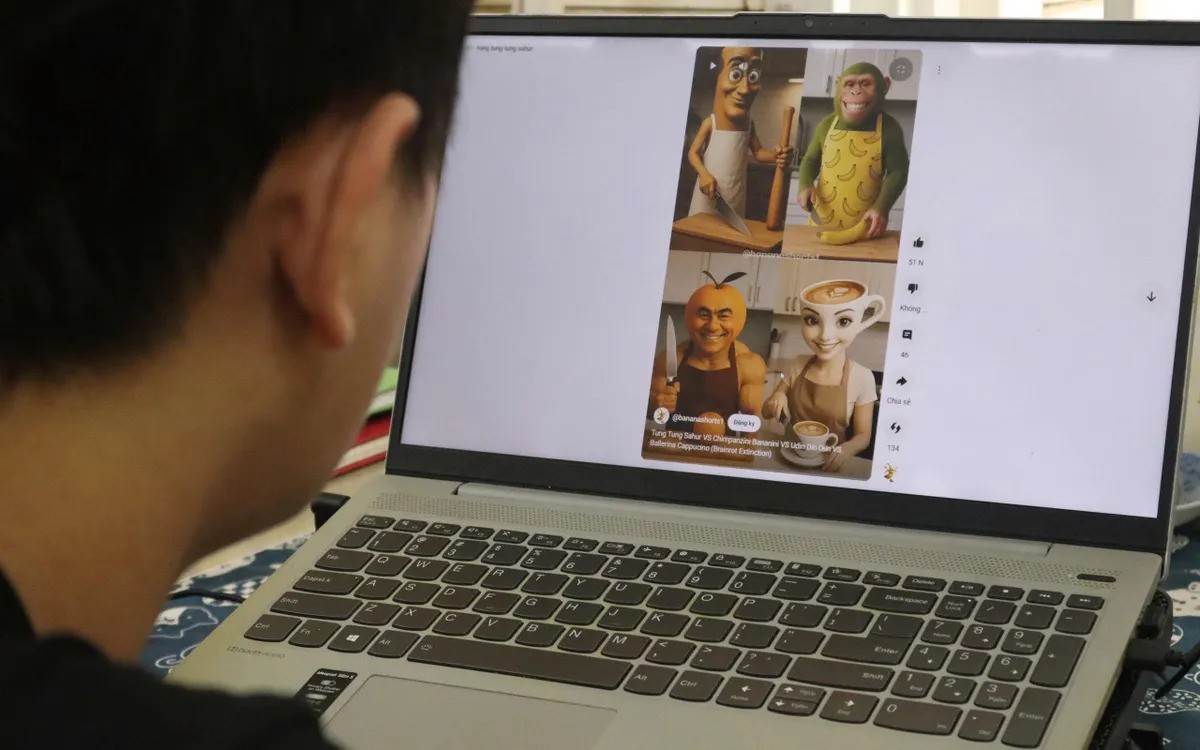
Parents surprised when their child speaks an alien language
Ms. Huynh Thi My Hang in Dong Nai province has a 20-month-old child. Her family often lets her watch cartoons on the phone while eating or when she is fussy. “While eating, she mumbles sentences like 'Ram ram bread', 'Tung Tung Tung Sahur' and many other strange words that I can't remember all of them.”
Under a post titled “Challenge to pronounce the names of Italian Brainrot characters correctly”, many parents shared that their children knew the names of the characters by heart, even though they could not speak fluently. “My 3-year-old child pronounces every name correctly. Sometimes I think he is reciting a spell,” commented the account owner of Tom’s mother.
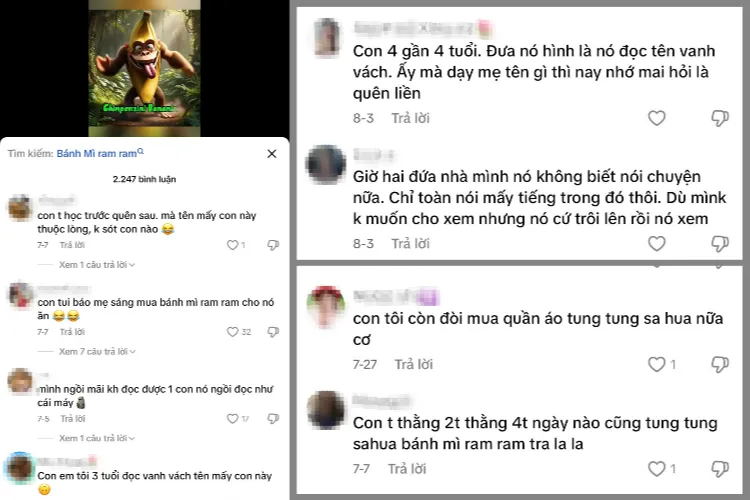
According to Dr. Nguyen Van Tuong - Head of the Department of Educational Psychology, Faculty of Education, University of Social Sciences and Humanities, Ho Chi Minh City National University, "Brainrot" is a term used to refer to digital content that is fast-paced, has intense images and sounds, has little or no academic value, but strongly stimulates the senses and immediate emotions.
The Brainrot trend really took off when bizarre characters that combined animals and objects were born. These characters were created by AI and had strange appearances like a log with eyes, nose, mouth, and a stick, a three-legged shark wearing shoes, or a ballerina with a coffee cup head.
These characters also have their own "universe". On social networks, many million-view videos tell the "biography" of each character or fan fiction about famous characters falling in love. Many videos are just simple collages but can reach 5-10 million views on Tiktok after a few days of posting.
Consequences of AI garbage, "brain-rotten" videos
Seeing the meaningless videos like “Tung Tung Tung Sahur”, Ms. Nguyen Thi Ut Huyen (Vinh Long province) stopped letting her child watch them. “But when I turned off the phone, my child cried and insisted on watching it. Only after I calmed him down did he calm down. Then the next day he continued to demand it, and only when I let him watch it did he stop crying,” Ms. Huyen recounted.
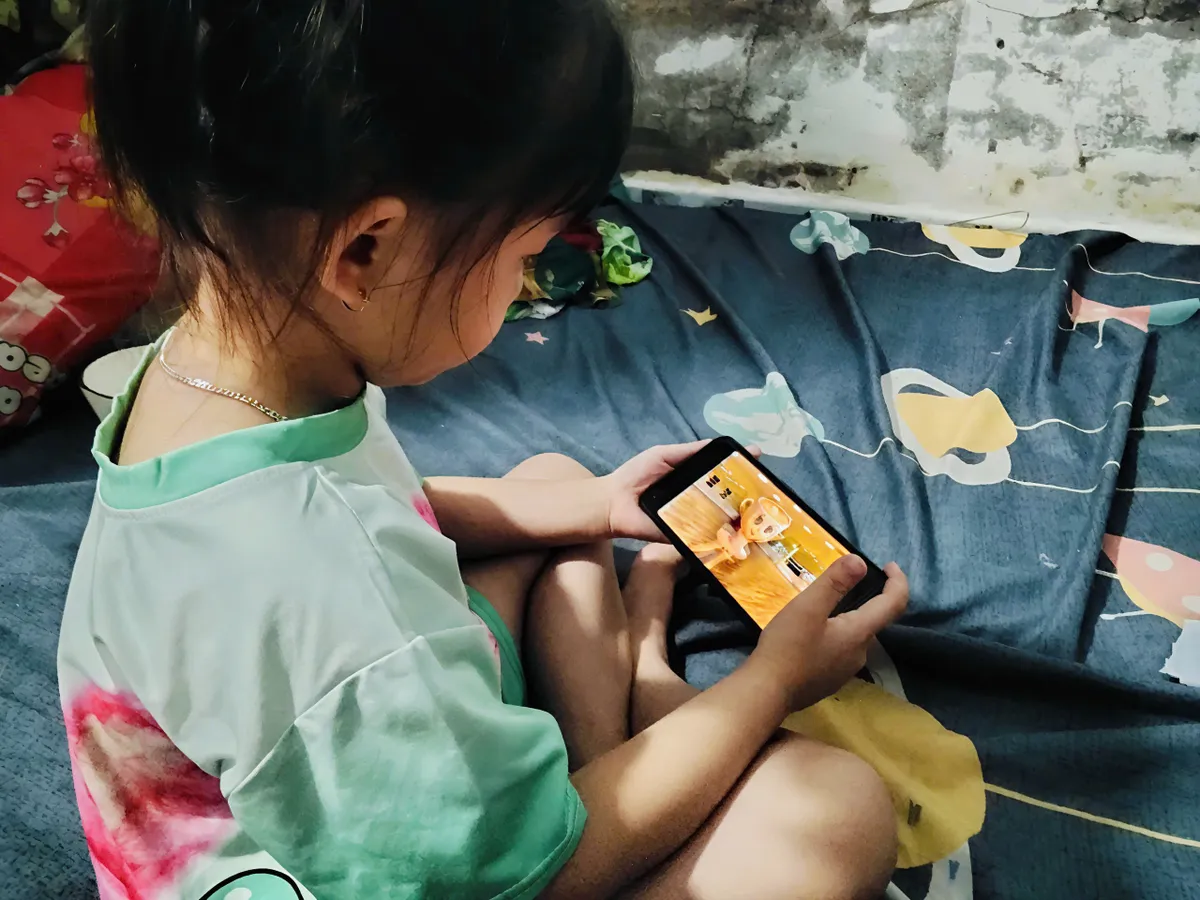
Many parents are worried when their children spend a lot of time watching Brainrot videos. “I really realized that this type of video is dangerous when my child often confuses reality with fantasy. One time I gave my child orange-flavored fever-reducing medicine, he shook his head and said confusing things: 'I don't drink U Din Din Din Dun'. I looked it up online and found out that this is an orange character with limbs created by AI,” said Mr. Do Ngoc Phuoc, a parent whose child is in grade 2.
Dr. Nguyen Van Tuong analyzed that currently, many children are "addicted" to Brainrot videos because this type of video has bright images, strange characters, funny sounds, and a fast rhythm that hits the brain's reward system, releasing dopamine, creating a feeling of "immediate pleasure".
In addition, “brain-rotting” videos are often very short and have a repetitive rhythm that creates an obsession that is difficult to stop. The videos also contain unexpected or “nonsense” elements, thereby stimulating curiosity and a strange sense of humor, especially in young children, making the brain constantly wait for something new.
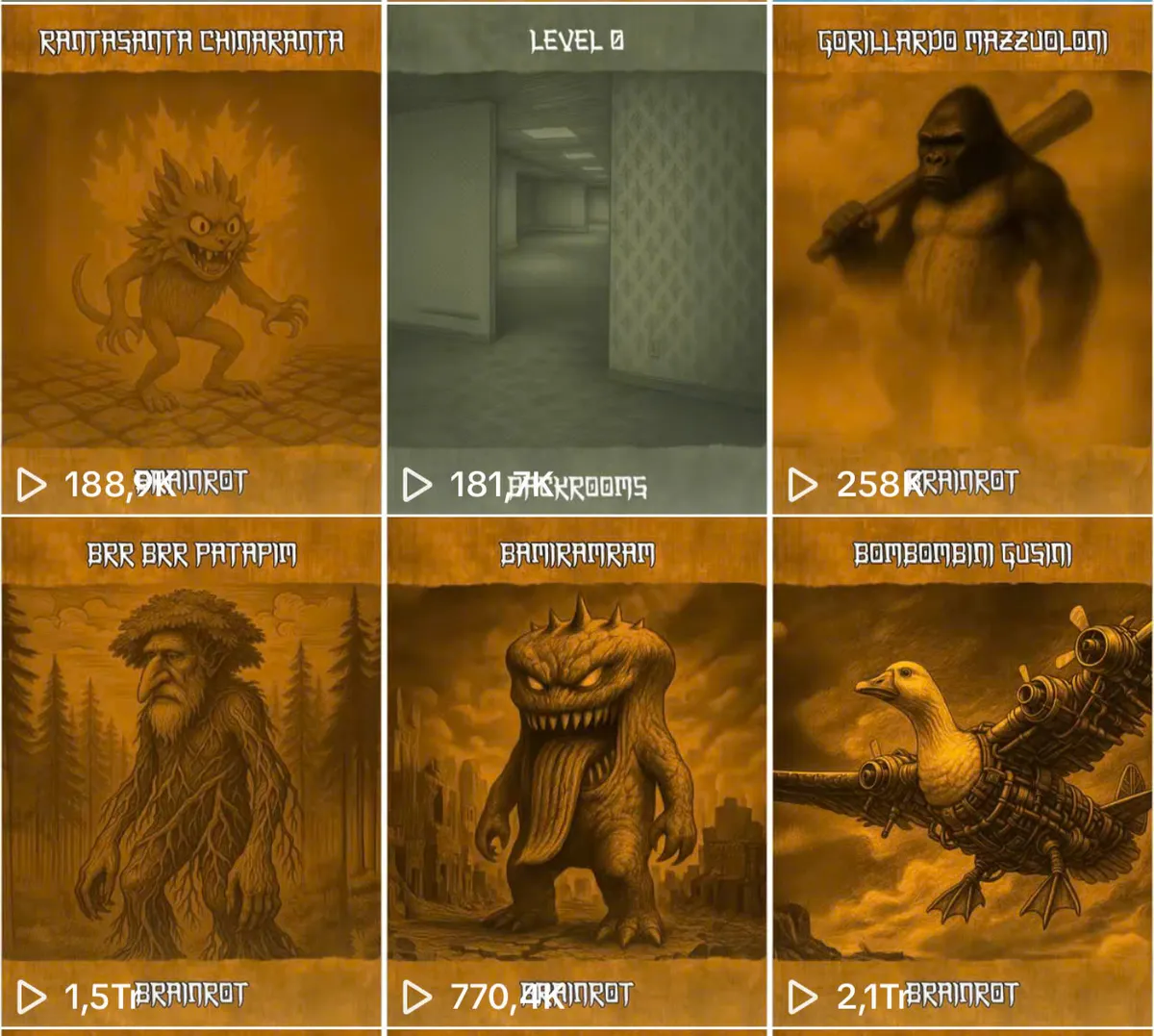
“Children and adolescents exposed to too much of this type of content can lead to a decrease in the ability to maintain attention, an increased tendency to seek immediate stimulation. At the same time, the brain gets used to the fast pace of receiving information, making it difficult to focus on tasks that require deep or prolonged thinking. This directly affects memory, language development and logical thinking ability.
For children, high-frequency exposure to Brainrot also increases irritability when not stimulated (for example, when the video is suddenly turned off); the risk of language deviation when children imitate meaningless sentences or incorrect grammar in the video," Dr. Nguyen Van Tuong emphasized.
Need to "clean up" AI trash soon and build fences to protect children
In many countries around the world, social networks are also being tightened to create a protective barrier for children in the digital space. Malaysian media said that the Government of this country will increase censorship of harmful content, especially “brain-rotten videos”. At the same time, it will support the production of healthy family education content and integrate digital skills into education from the age of 13 and up.
The country is also considering a comprehensive ban on social media use by children under 13.
In Vietnam, although there has not been a similar legal move, education and technology experts have warned of the consequences of super short, meaningless AI videos and offered many solutions.
According to Dr. Nguyen Van Tuong, when children show signs of being "addicted" to Brainrot videos, instead of completely banning them, parents and schools need to focus on educating digital skills and creating balanced entertainment habits for children.
Instead of just saying “don’t watch”, adults need to explain why viewing should be limited and let children choose other, higher-quality entertainment content. At the same time, it is necessary to diversify forms of entertainment for children, combining online and offline activities to increase real-life experiences. This can include letting children play physical games, art activities, STEM, read books or play musical instruments.
At the same time, teaching children critical thinking skills is also very important, helping them distinguish between “content for fun” and “content for learning” so that they can proactively adjust. More importantly, parents and teachers need to demonstrate healthy internet habits, not spending too much time surfing useless content to set an example for children.
Source: https://baolaocai.vn/canh-bao-rac-ai-video-thoi-nao-dang-dau-doc-tre-em-tren-mang-xa-hoi-post879665.html


![[Photo] Opening of the 14th Conference of the 13th Party Central Committee](https://vphoto.vietnam.vn/thumb/1200x675/vietnam/resource/IMAGE/2025/11/05/1762310995216_a5-bnd-5742-5255-jpg.webp)




















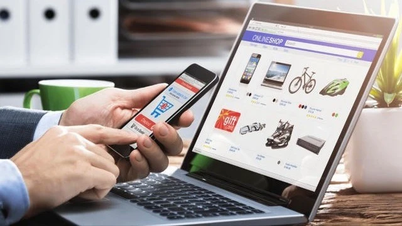



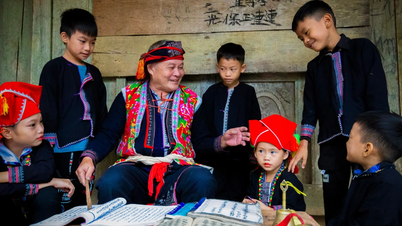

![[Photo] Panorama of the Patriotic Emulation Congress of Nhan Dan Newspaper for the period 2025-2030](https://vphoto.vietnam.vn/thumb/1200x675/vietnam/resource/IMAGE/2025/11/04/1762252775462_ndo_br_dhthiduayeuncbaond-6125-jpg.webp)











































































Comment (0)